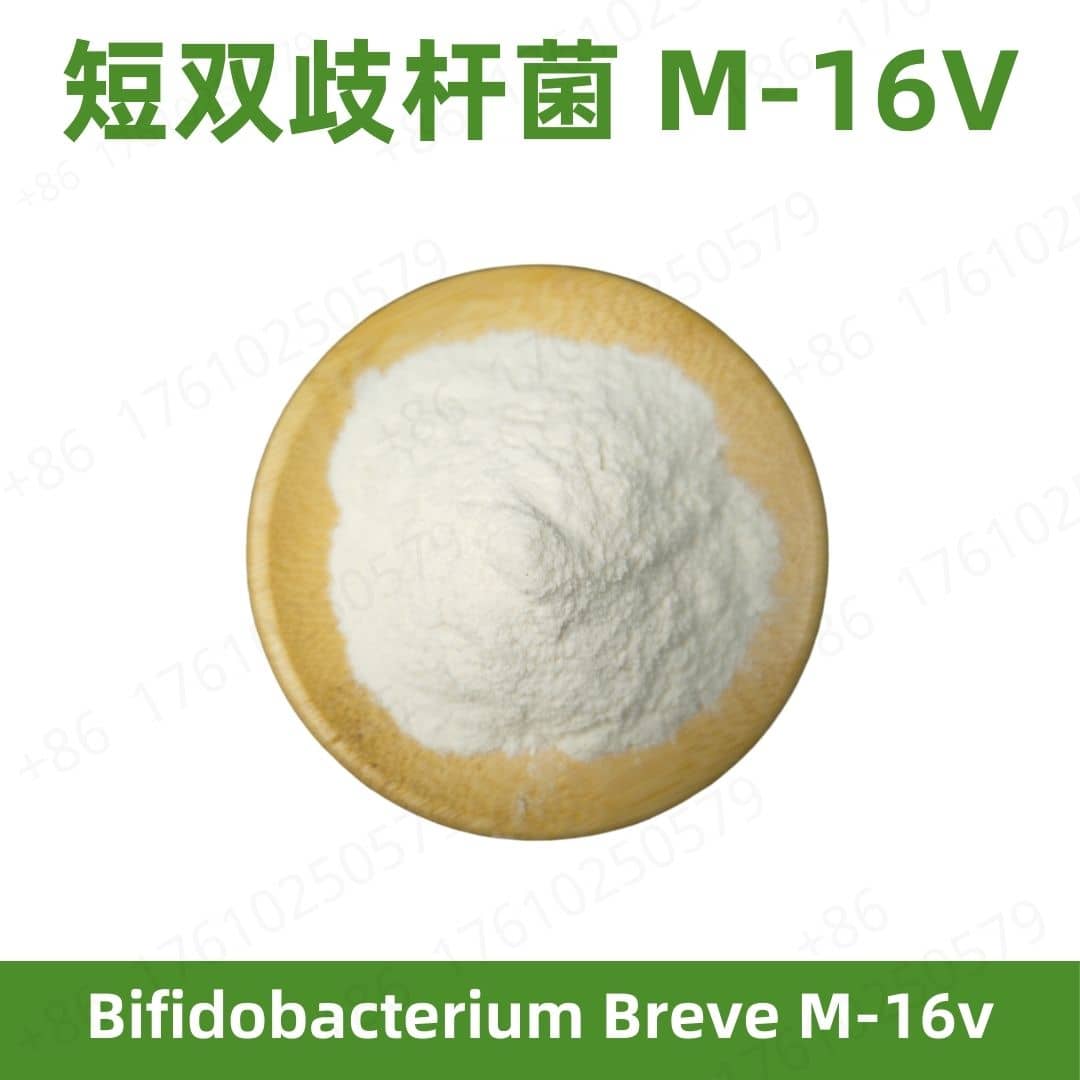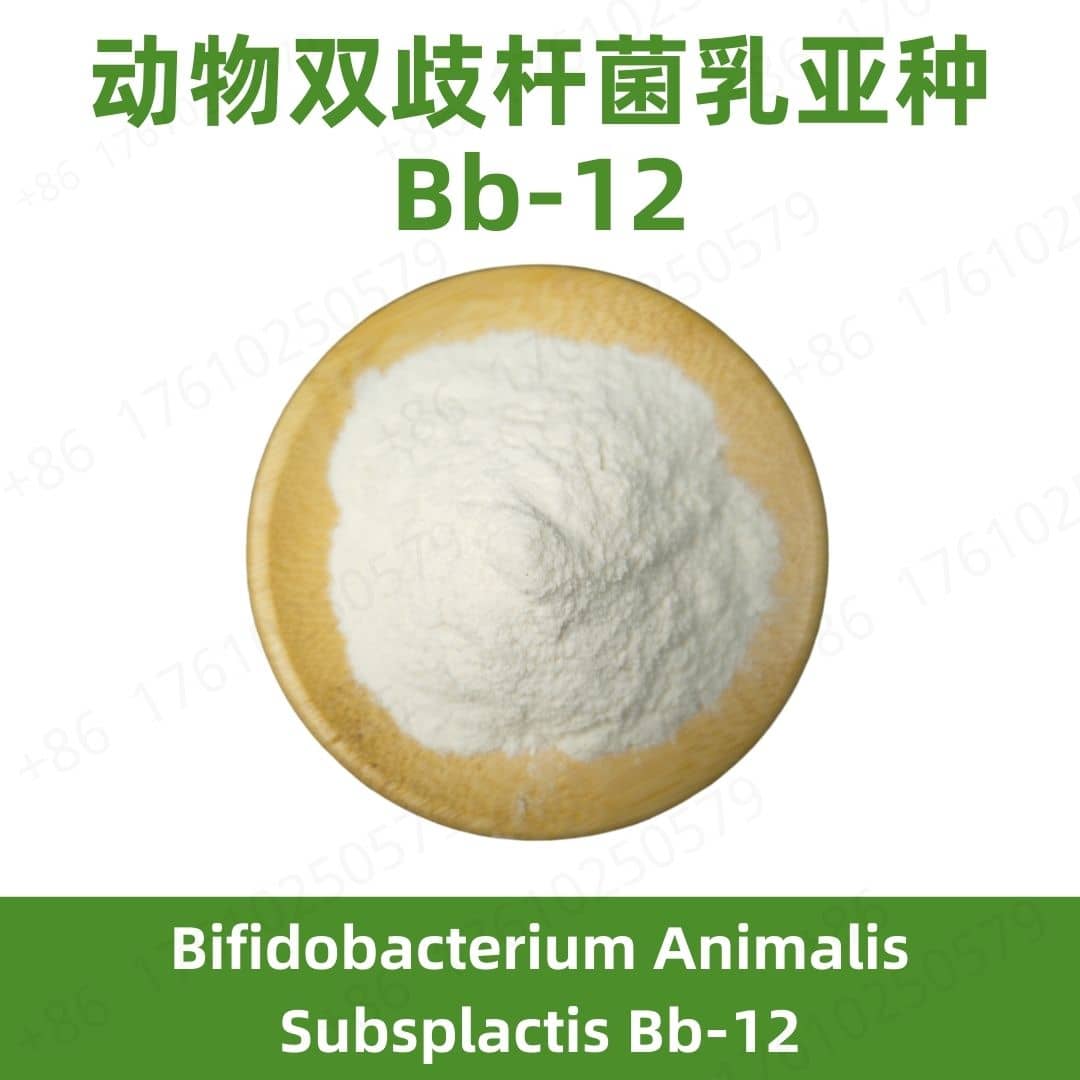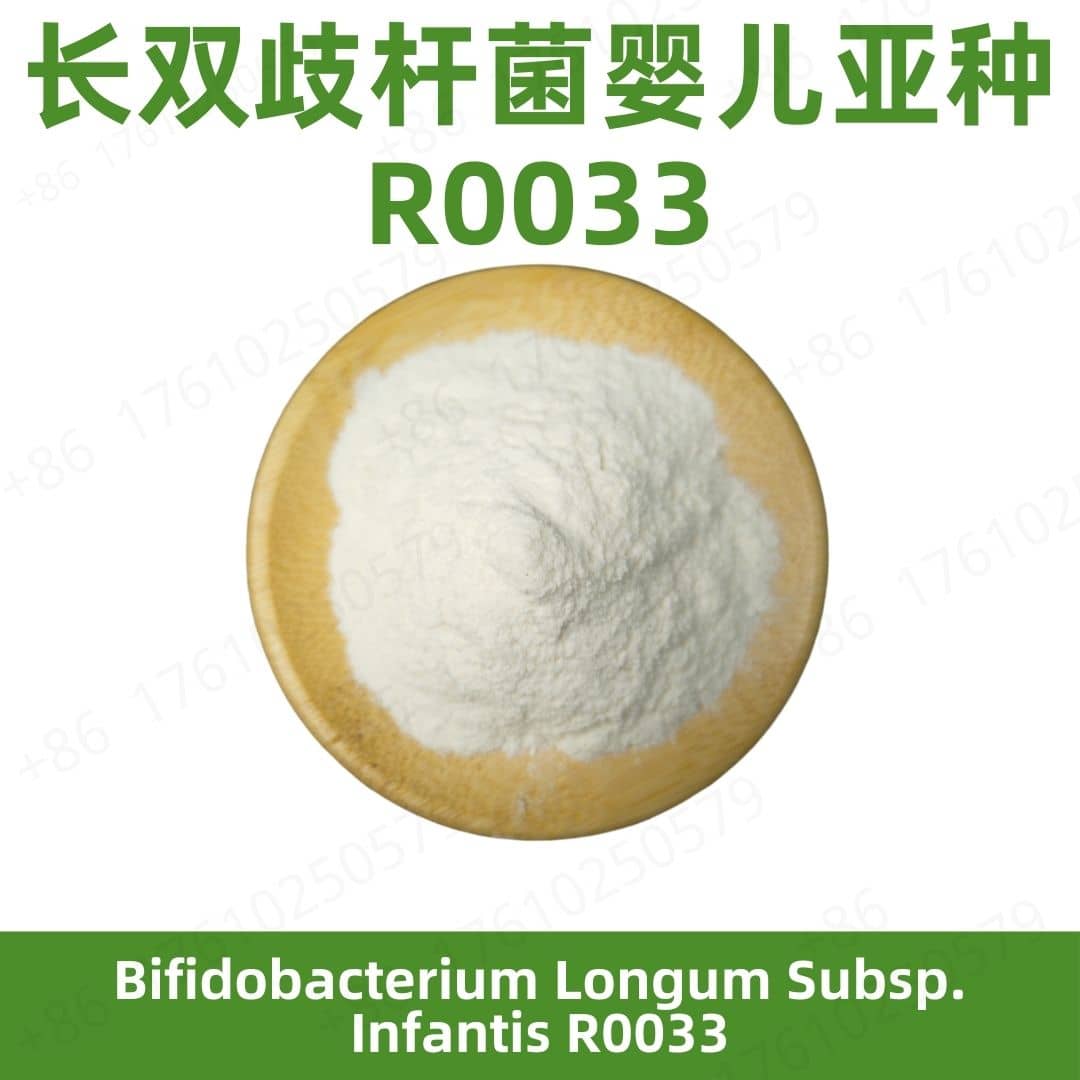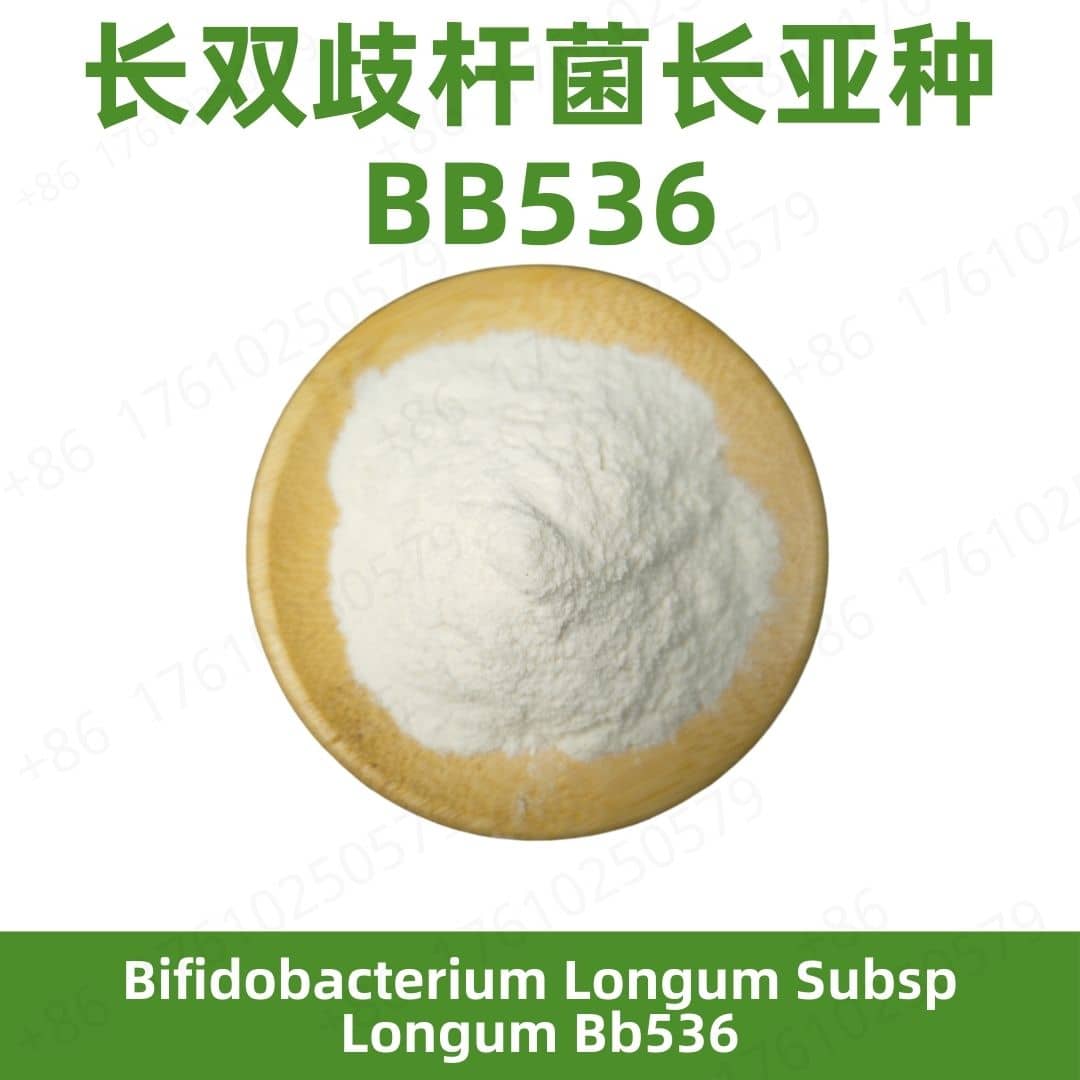Product Introduction
Lactobacillus paracasei is a species of probiotic bacteria that belongs to the Lactobacillus family. Found in various fermented foods, it is known for its beneficial properties that support gut health and overall wellness. This strain can naturally occur in dairy products, making it popular in yogurt and cheese production. The organism plays an important role in maintaining a balanced gut microbiome and contributes to digestion.
Production Process
Lactobacillus paracasei is produced through a fermentation process. In a sterile environment, the bacteria are cultivated in nutrient-rich media, allowing them to multiply. The resulting biomass is then harvested and processed into a powder form, which can be used in various applications. Rigorous quality control measures ensure the probiotic's viability, purity, and potency.
Product Benefits and Functions
Lactobacillus paracasei is primarily recognized for its ability to support digestive health. It can help combat harmful bacteria in the gut, contributing to a balanced microbiome. Additionally, it may enhance the immune response, promoting overall health. The strain is also known for its potential to improve lactose digestion, making it beneficial for people with lactose intolerance.
Product Application Scenarios
Lactobacillus paracasei can be incorporated into a variety of products, such as dietary supplements, functional foods, and beverages. It is often added to yogurt, kefir, and other fermented dairy items. This probiotic is also used in probiotic capsules or powders aimed at consumers seeking digestive health support. Furthermore, food manufacturers utilize Lactobacillus paracasei to enhance the nutritional profile of their products.
Packaging and Storage
Storage Conditions: Store in a sealed, light-proof container, away from high temperatures, in a dry, cool, and well-ventilated place.
Packaging: Bulk: 25kg/cardboard drum; Sample: 1kg/aluminum foil bag; Custom packaging available upon request.
Shipping Methods: FedEx, DHL, dedicated logistics, and sea freight consolidation.
Shelf Life: Two years
Monica Sun possesses extensive technical expertise and market insights in the food additives industry. She excels in designing efficient and safe additive formulations tailored to various food applications, ranging from sweeteners to functional dietary fibers. Monica has successfully assisted food manufacturers in optimizing ingredient combinations to enhance product quality and improve consumer satisfaction.

















